Portrayal, identity and agency?
How has the photographic image been used to engender cultural and political change?
How to face the camera when our own image betrays us?
How to record a significant change in identity?
How to challenge or subvert prejudices and discriminations embedded in the canon of photography?
Frederick Douglass, abolitionist, employed the literary trope chiasmus, words or concepts repeated in reverse order, to overturn stereotypically negative representations. “You have seen how a man was made a slave; you shall see how a slave was made a man.” Henry Louis Gates recognised Douglass’ use of photography in the cause of human rights as a visual counterpart to chiasmus. The camera served as a tool of empowerment.
This was the point of departure for Portrayal After…The final portraits employ analog processes akin to those utilised by Douglass in the nineteenth century.
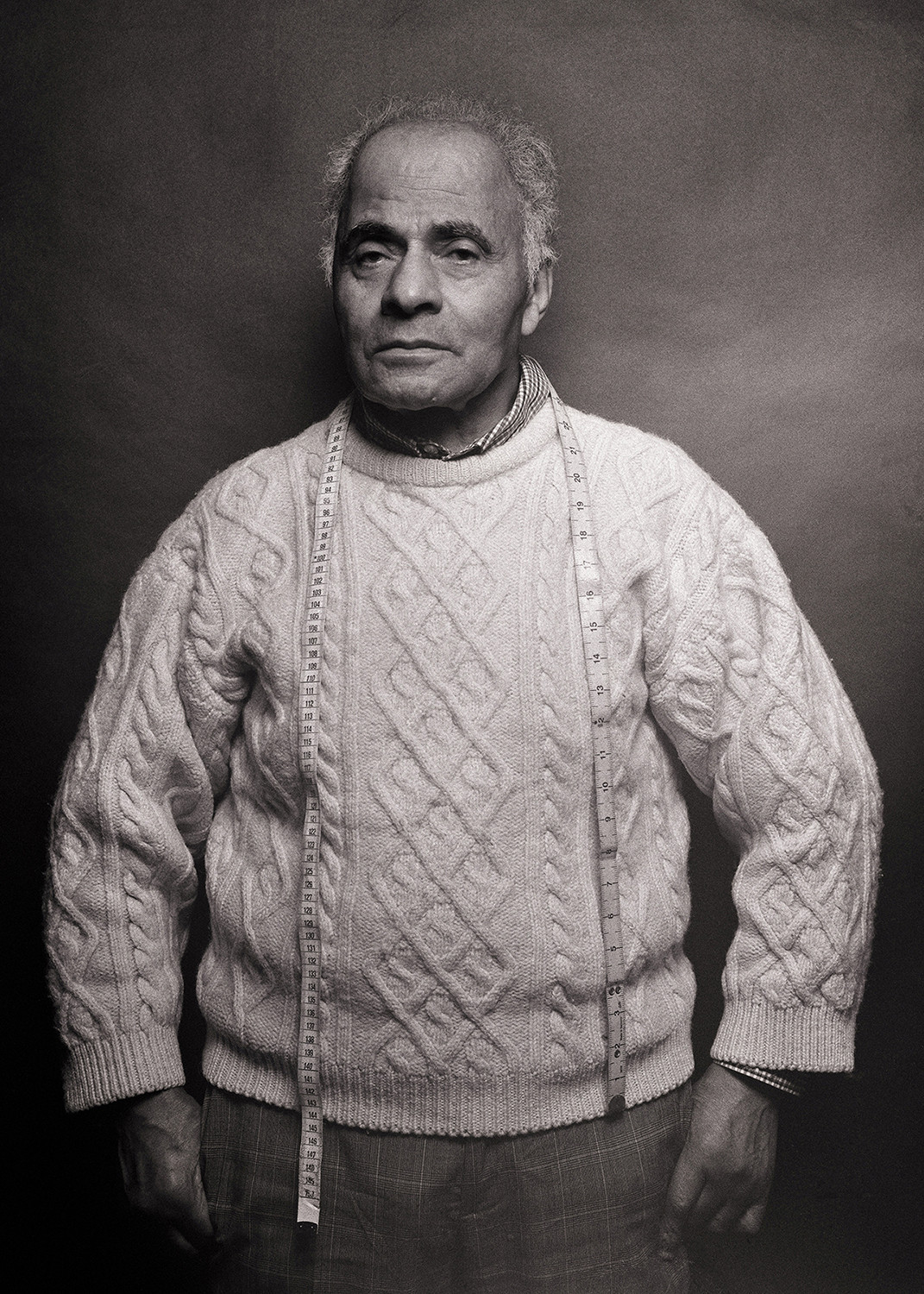
Portrayal after....Jude I, large format photograph, 140 x 100cm
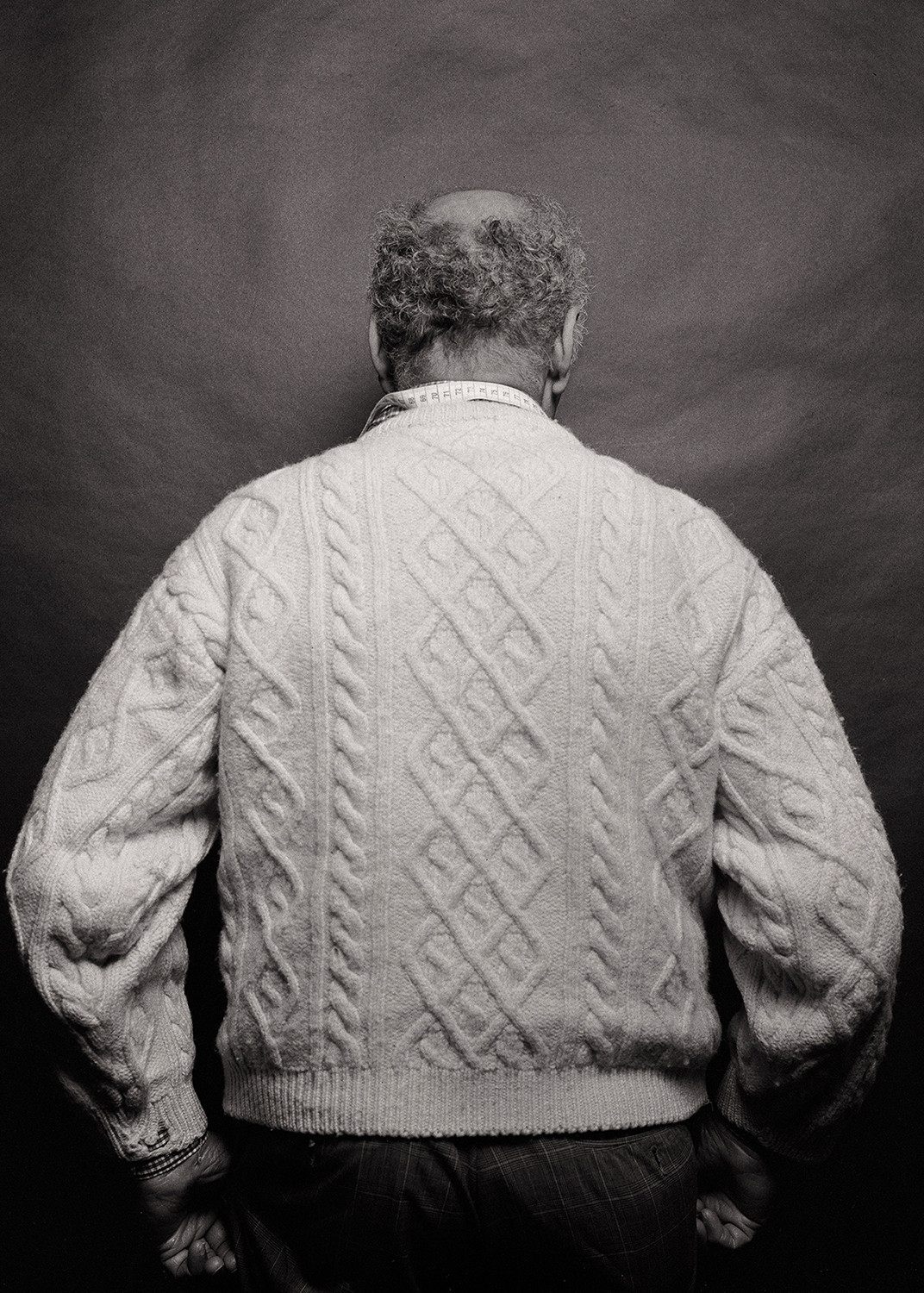
Portrayal after....Jude II, large format photograph, 140 x 100cm
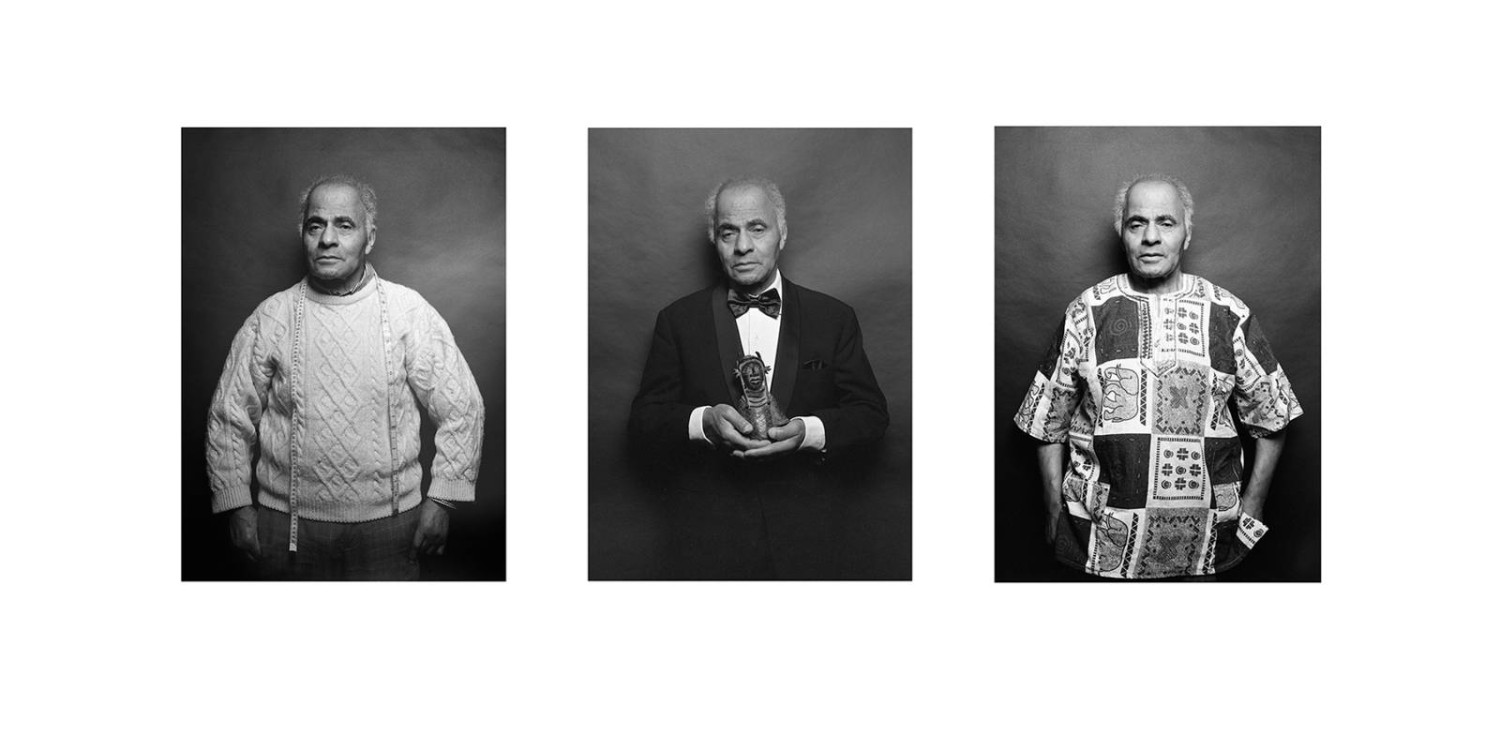
Portrayal after....Jude I, photo Prints on Hahnemühle paper, 59.5 x 42 each
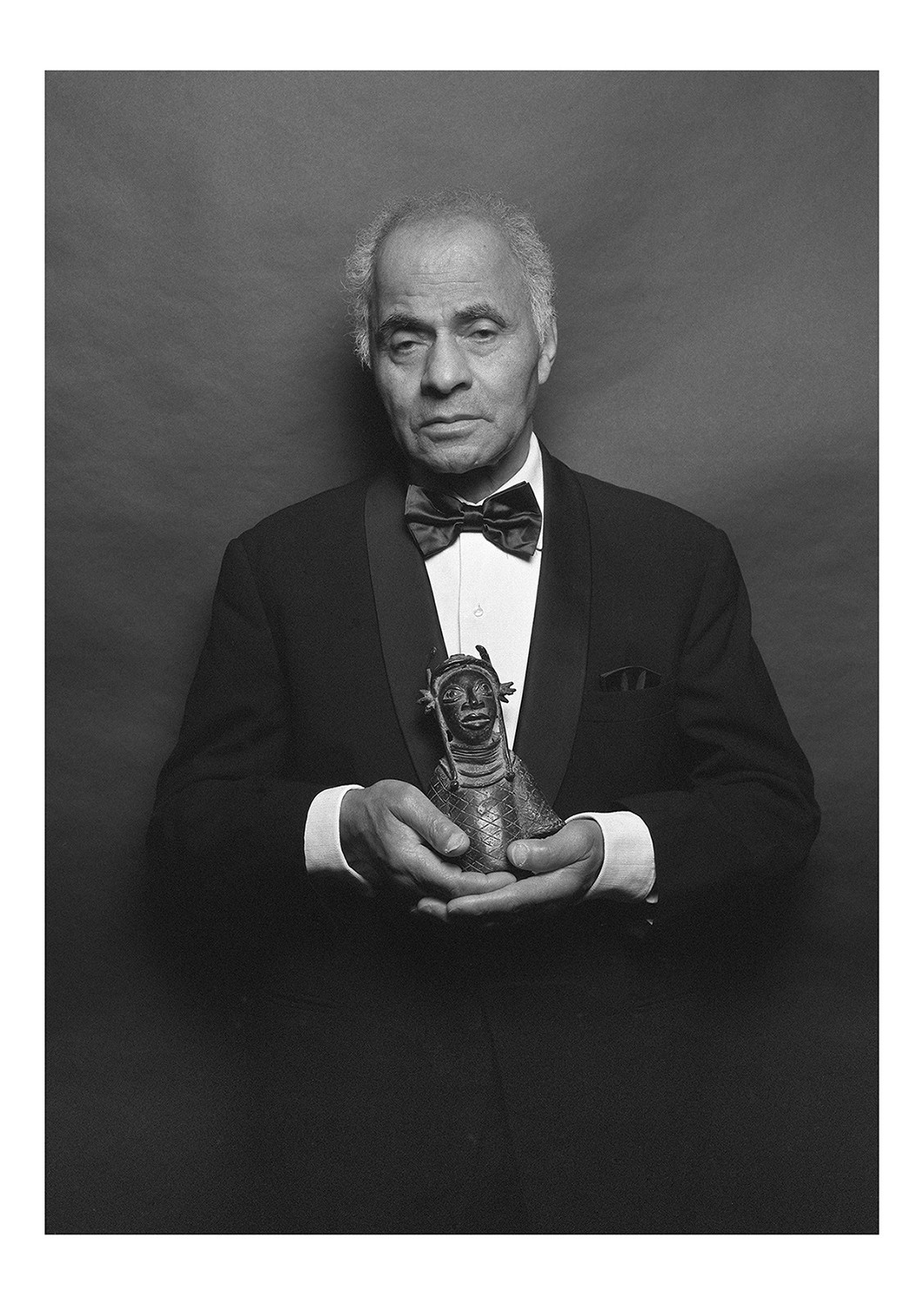
Portrayal after....Jude III, photo print on Hahnemühle paper, 59.5 x 42cm
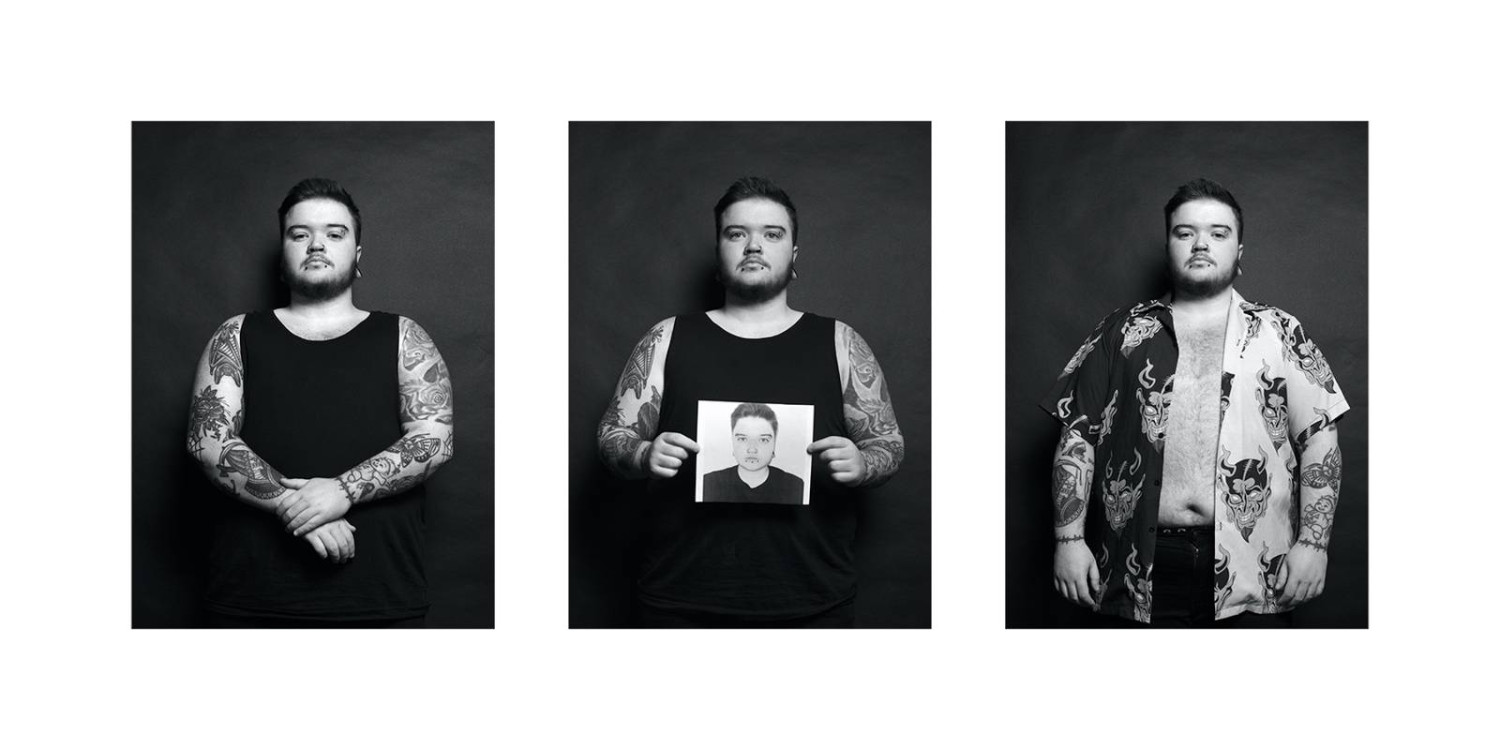
The Lost Girl, photo print on Hahnemühle paper, 30 x 60cm
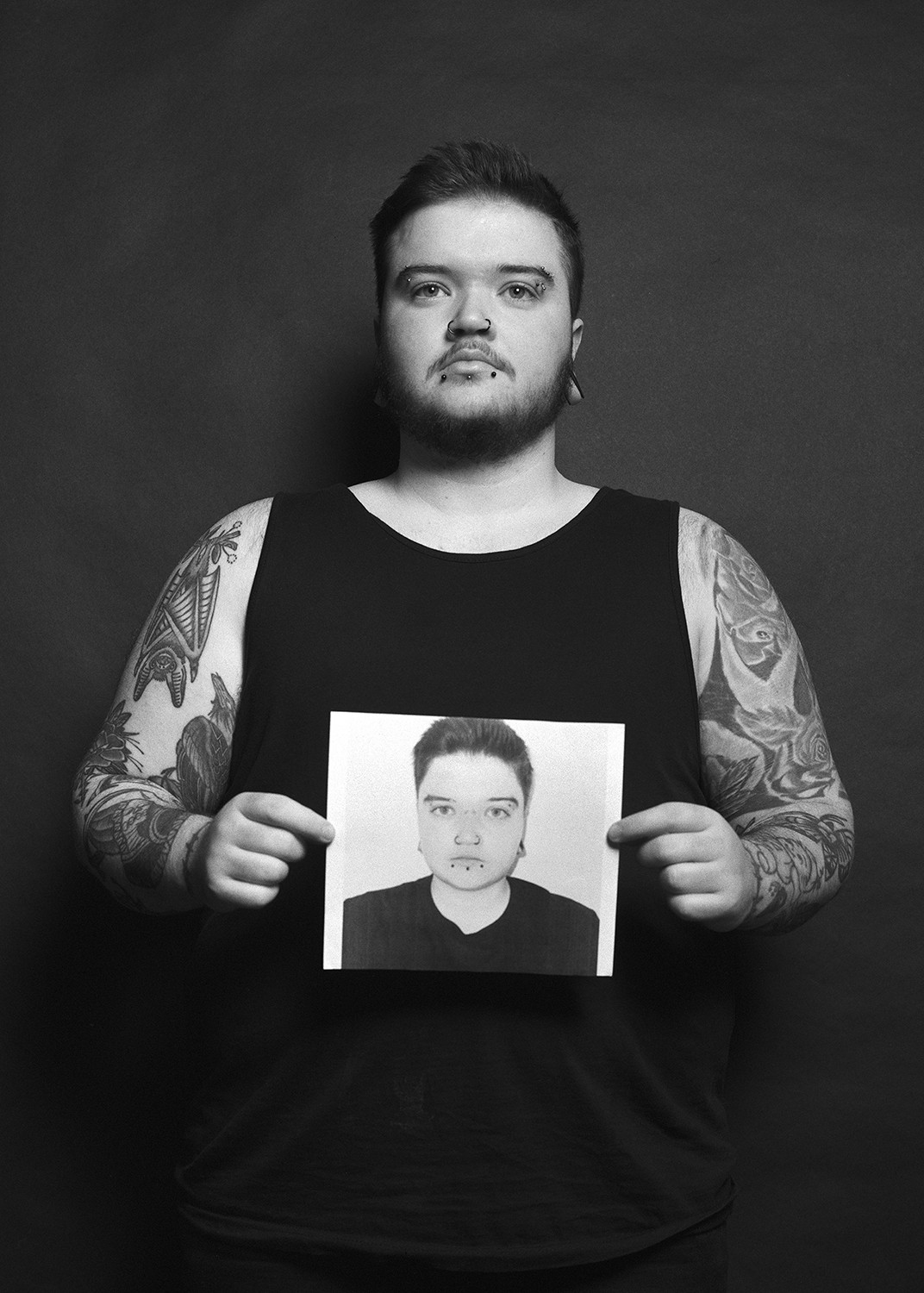
The Lost Girl, photo print on Hahnemühle paper, 42 x 29cm
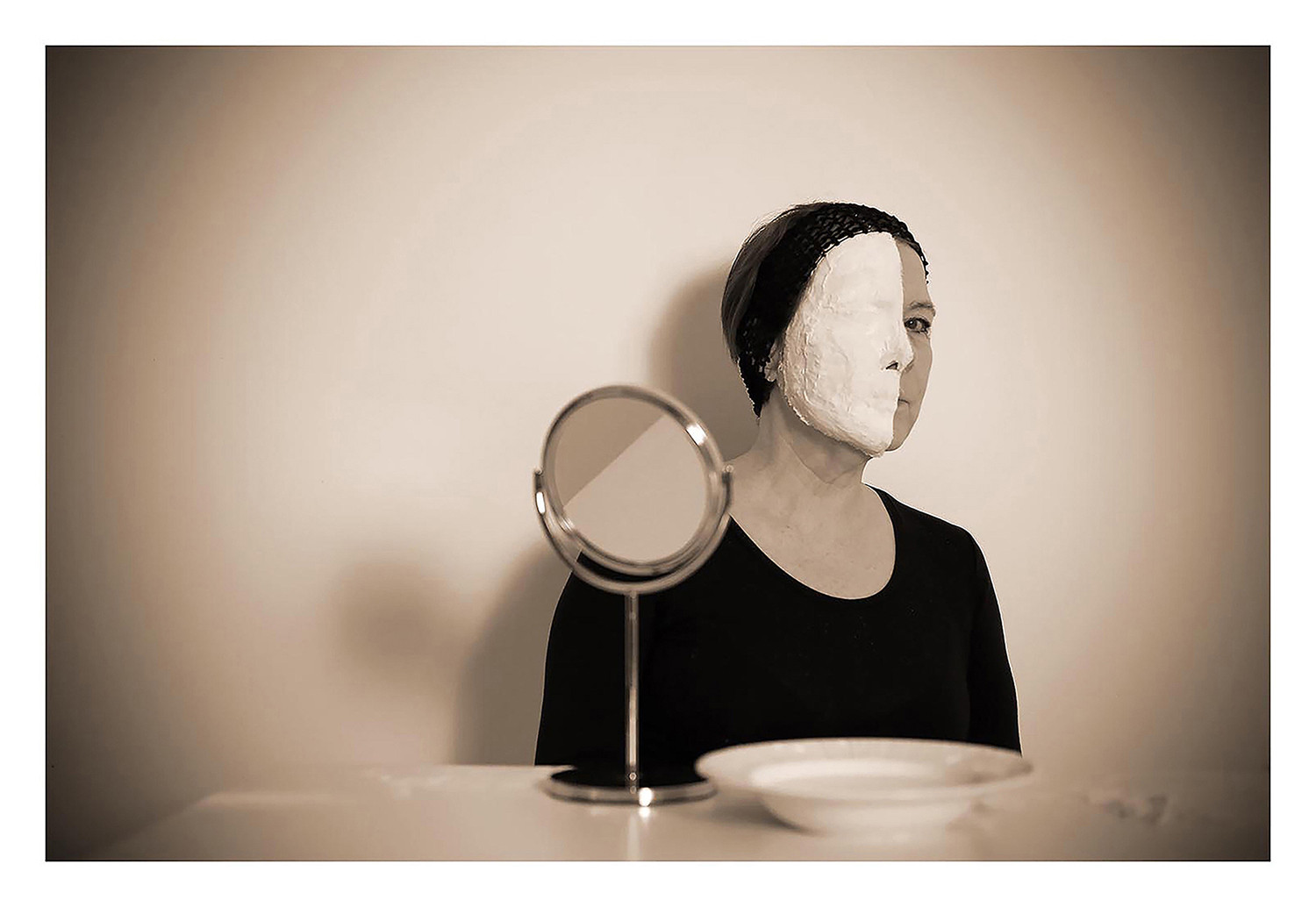
Losing Face - The Mirror, photo print on Hahnemühle paper, 29 x 42cm
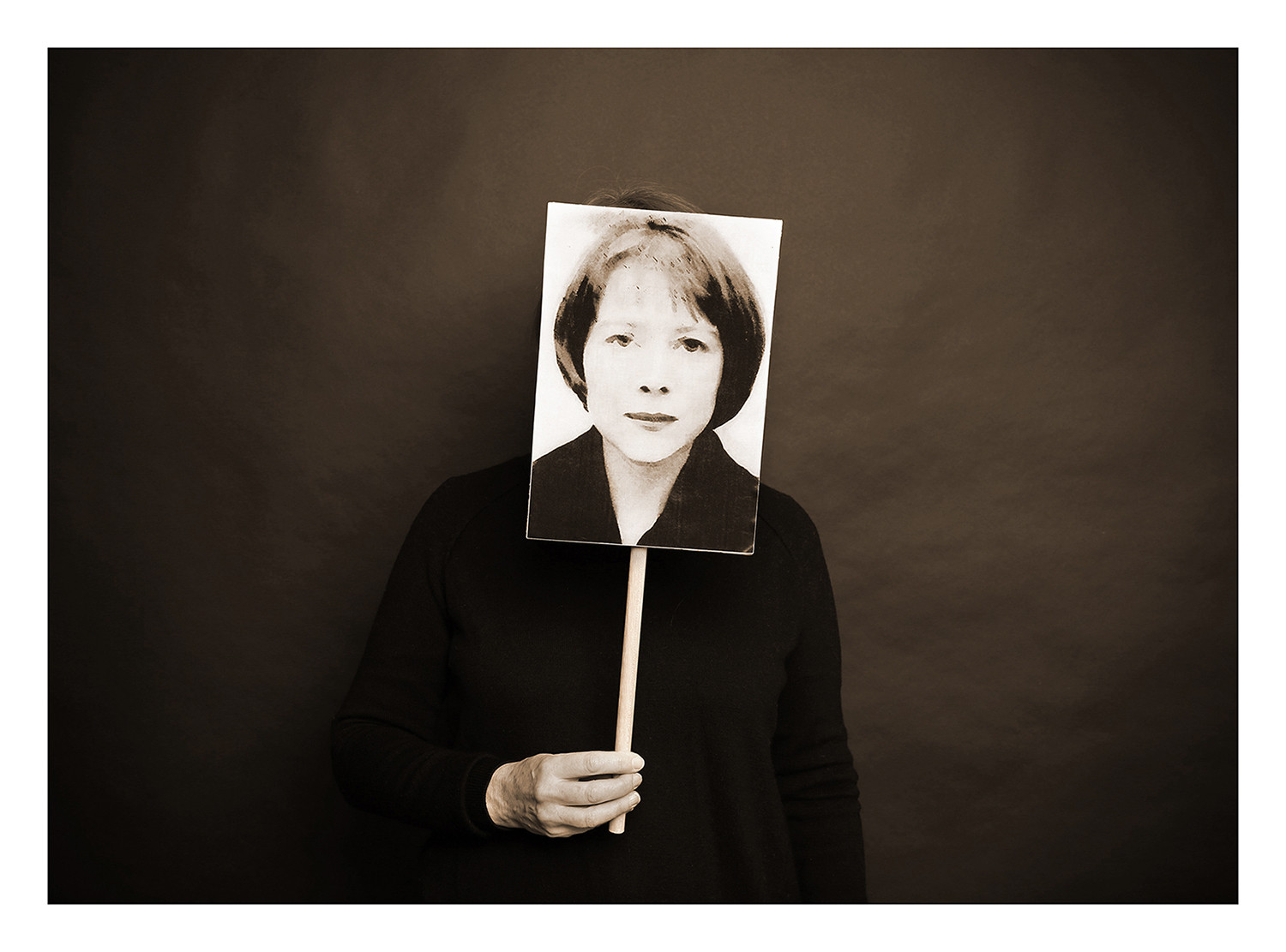
Losing Face - The Copy, photo print on Hahnemühle paper, 29 x 42cm

Mask, photo print on Hahnemühle paper, 29 x 42cm

The Gaze, photo print on Hahnemühle paper, 29 x 42cm


